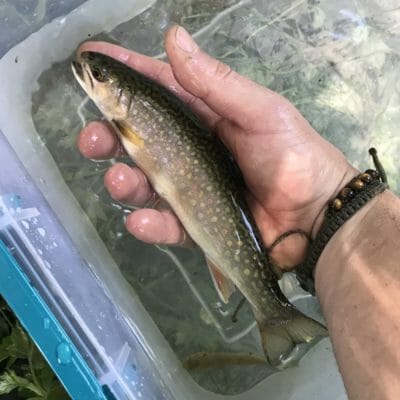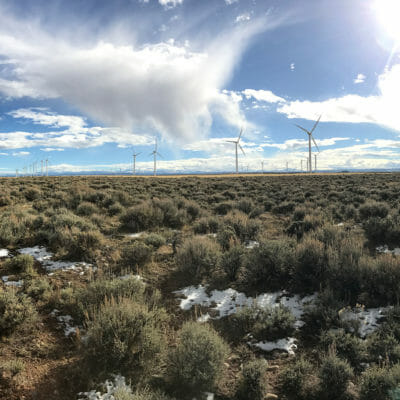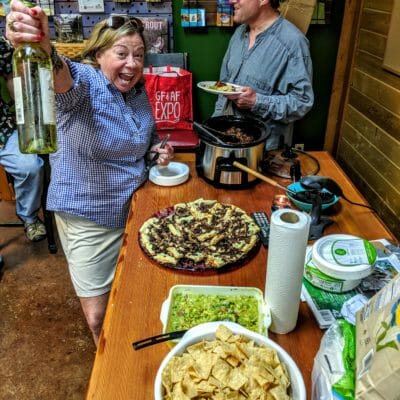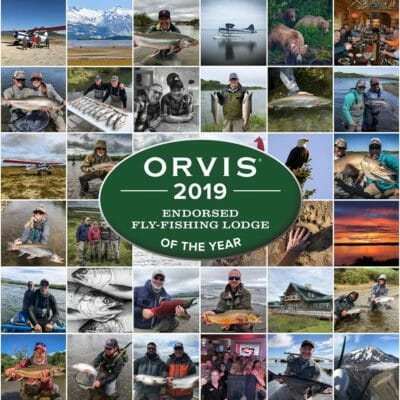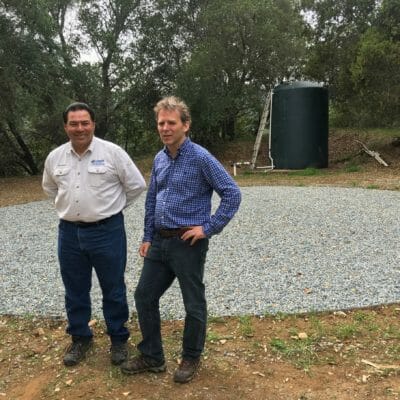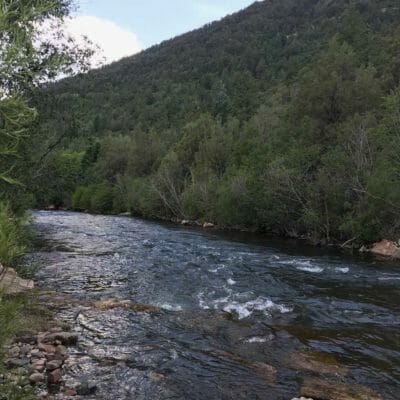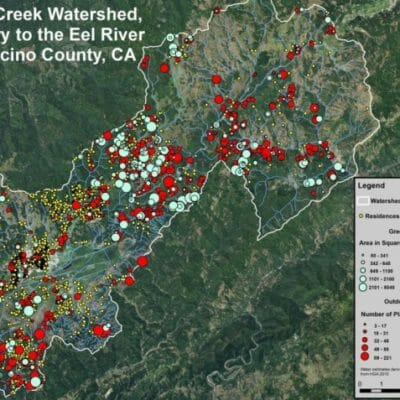By Rob Shane On July 16, the Pennsylvania Fish and Boat Commission (PFBC) approved the upgraded designation of than 70 streams to “Wild Trout” and “Class A wild trout” status. This successful rulemaking came in response to almost 200 public comments from TU members and supporters in favor of the proposed designation. Many of the
Bill would help to advance renewable energy projects on public lands in a manner that protects fish and wildlife habitat, and strengthens local economies and communities Upcoming: TU CEO Chris Wood to testify in support of PLREDA before a House Committee on July 25th at 10 am eastern. Read Chris’ written statement or visit the
Molly Simpkins and Dan Gigone of Sweetwater Fly Shop in Livingston, Mont. Marketing a new book is a crapshoot, especially when it’s hyper-local content and writers are asked to a fair bit of promotion themselves to ensure the book’s success. So, when I visited Livingston, Mont., earlier this week for a book-signing and presentation at
Every spring, our friends at Orvis host their annual Orvis Guide Rendezvous. For the last eight years, they’ve been kind enough to invite me. And I love being there. One of the greatest parts of that event is the presentation of awards for outstanding guides, outfitters and lodges. But this year was particularly sweet. It
Herman Garcia (L) of CHEER and Matt Clifford, California Water Attorney for Trout Unlimited, at an off-stream storage project site along Little Arthur Creek. In 2006, the Pajaro River on California’s central coast came out of obscurity to make national headline—for the wrong reason: it was named the most endangered river in America. Historically, the
The lifeblood of the Village of Pecos, the Pecos River flows through public and private lands in a narrow canyon flanked by in aspen, Gambel oak, and mixed conifer. The Pecos boasts a fun salmon fly hatch in early summer, and I love how spooky the fish are in autumn, when elk bugles echo, the banks blaze with yellow cottonwoods, and the water resembles the air above, cold, clear and
This graphic of a tributary to the Eel River shows the intense marijuana cultivation typical of many drainages in California’s Emerald Triangle. The large red circles indicate outdoor grows of more than 100 plants and the pot farms in this drainage alone require more than 15 million gallons of water per growing season. By Matt
